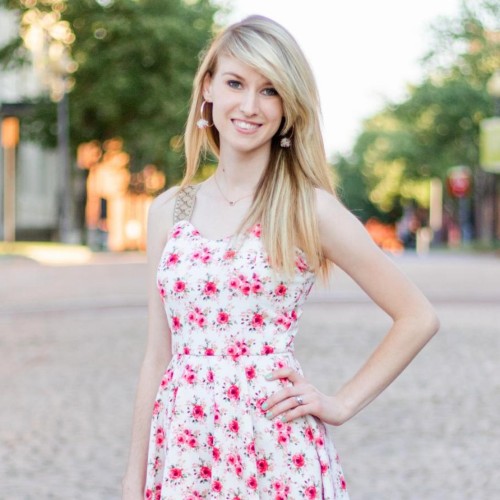
Foster children faced a variety of difficult circumstances during the pandemic. Officials have a plan to help.
COLLINSVILLE – As stressful, emotional and frightening as the past year was for adults, some Virginia foster children faced harrowing realities.
When the pandemic spread throughout the commonwealth in March 2020, some students lost their shelter, their food source and their sense of stability – all because schools closed.
They were the 2.5 million homeless children, 13 million students facing food insecurity and the 400,000 kids in foster care nationally.
On a state level, nearly 18,000 homeless children live in Virginia, over 214,000 face food insecurity and 5,400 are in foster care.
Schools across the state combated hunger issues. Fairfax County Public Schools provided meals to children at bus stops. Danville Public Schools distributed meals through a food truck. Other school divisions came up with unique ways to tackle the crisis in their communities.
However, some issues students faced had more challenging solutions – like foster child unemployment disparities, child housing crises and depression.
Foster Children Lost Jobs
Sen. Mark Warner, along with 12 U.S. senators, recently brought light to an issue some student employees faced during the pandemic. According to a University of Pennsylvania study, foster youth lost their jobs during the pandemic at three times the rate of the general population.
In a letter to the Administration for Children and Families at U.S. Department of Health and Human Services, the senators urged the Biden administration to work with states, tribes and territories to prioritize young people in the foster care system.
“The COVID-19 crisis has shined a light on a whole swath of Americans who are still struggling to gain their financial footing – our foster youth,” Warner said. “With foster youth finding themselves in dire financial straits and the economy steadily improving, we’ve got to make sure that this vulnerable population has access to the resources they need to thrive. That’s why I led a letter urging the Biden administration to work with states and localities to address these inequalities.”
In the letter, leaders stressed the disparate outcomes youth in foster care faced in areas including educational attainment, employment rates and earnings.
Senators asked the administration to ensure that states take full advantage of existing flexibilities to mitigate the outcomes, through a five-part plan.
The Plan
The letter not only addressed the problem. It also offered a solution.
First, senators asked that the administration allow the use of title IV-B funds – a child welfare funding stream in the Social Security Act – for internet and other technological accessibility needs to foster families.
Second, the group asked that the administration work with states to address the impact of the digital divide on foster children. They requested consideration of long-term solutions to technology-access challenges, as well as working with child welfare agencies on context-specific plans that ensure foster youth resources.
Third, they proposed implementing a plan for agencies to reach out to foster children, informing them about benefits like stimulus checks, unemployment insurance and other COVID-19-related assistance.
Fourth, the senators asked that the administration make the earned income tax credit and the child tax credit as accessible as possible, in addition to working with youth and their families, ensuring awareness of the opportunities. They also asked that the administration provide flexibility for caregivers of children in the welfare system to claim a dependent.
Fifth, the group proposed creating and implementing a plan ensuring that foster youth had access to and awareness of mental health supports.
A Two-Fold Issue
Virginia Superintendent of Public Instruction Dr. James Lane addressed the Committee on Education and Labor about how the pandemic impacted foster children and those facing homelessness.
“One of the most marked insights to come from the COVID-19 pandemic is just how critical a role our schools play in every aspect of our students’ and families’ lives,” Lane said. “Schools are more than the educational experiences they provide. They also serve as safe havens, reliable sources of food, connection and stability.”
Lane noted that over the past year, some students faced unstable housing situations, unreliable access to broadband connectivity and difficult home environments.
On top of the students’ challenges, the system that aids them also faced strains.
“First, we have seen increased demand for services,” Lane said. “Families in Virginia have suffered from the economic repercussions of the pandemic. The same economic disruption, stress, trauma and logistical considerations of the pandemic have disrupted existing foster families and created conditions that will likely increase the number of youth in need of foster placements.”
The superintendent noted that the factors interrelated with the compounding rates of student homelessness, housing instability and the unique strain on the foster system.
“The second major strain on the system has been related to limitations on quickly identifying and serving families,” Lane said. “Remote learning, virtual family visitations [and] fewer home visits have disguised some of the telltale signs that students are struggling.”
Throughout the pandemic, the Joint Agency Team provided guidance, policies to foster family connections and communication across agencies and jurisdictions.
New federal resources will boost existing state programs, specifically for homeless students. Already in place, Lane noted informative videos for liaisons, new grants to scale work to meet the need and social emotional learning quick-guides.
The Need for Social Emotional Support
The pandemic shed a light on mental health, opening the topic for many with questions, concerns and curiosity.
LG Corporation, formerly Lucky-Goldstar, tapped into the conversation with the Experience Happiness program, but not for the typical audience. They didn’t gear mental health tips toward adults – they built a program catered to kids’ needs.
But why? Generally speaking, children don’t pay the rent, buy the groceries or make utility payments. Just because kids and adults have different stressors doesn’t mean children experience fewer emotional responses.
In fact, childhood depression is a factor Matthew Woods, director of student support services at Henry County Public Schools in Collinsville, noted in local children during the pandemic. In addition to his HCPS position, Woods serves on LG’s Happiness League, a group of educators combating the mental health crisis among teens during the pandemic.
“There’s a lack of interaction with their peers,” Woods said. “Obviously, while we’re in the middle of COVID, obviously for safety precautions, the way we do normal business, per se – not just schools, but just everywhere, going out to eat, for example – we would always take for granted. For a lot of young people, obviously, there was a lot of trauma that was inflicted on them because they don’t have that normal social interaction that they would normally have with their peers.”
Because of the changes, Woods noted children exhibited different behaviors that teachers, families and members of the community noticed. Some of those behaviors pointed toward depression.
Transitioning back into the classroom, school leaders conducted a social emotional learning screener. The survey assessed students, capturing their authentic concerns and responses.
“[Because of the screener], we know how to differentiate our responses to meet their needs,” Woods said.
Combating the Issue
According to the U.S. Department of Health & Human Services, although the majority of people who have depression do not die by suicide, having major depression does increase suicide risk compared to people without depression.
Suicide is the second-leading cause of death for those ages 15 to 24 in the USA.
Virginia’s 2020 youth suicide rates rose slightly above the national average, at a respective 11.6 and 11.1 individuals per 100,000. One year prior, national youth suicide rates were 10.5 and state rates were 9.9 per 100,000.
However, sometimes people dismiss mental health warning signs in teens and young adults.
Then the COVID-19 pandemic hit. And suddenly, mental health – for everyone – took center stage.
“With COVID, obviously, to me, it’s almost like, you know, everybody was kind of looking through a keyhole at the problem,” Woods said. “But then we just opened the door. So then everybody started seeing some of these concerns.”
Laura Barbieri, LG’s manager of corporate social responsibility and community relations, expressed the same.
“We’ve been, really, on this precipice of the mental health crisis for quite some time,” Barbieri said. “And for a while, it was very much stigmatized and I think if nothing else, I think the pandemic has sort of thrust it into the spotlight in a lot of ways.”
The Experience Happiness program, which launched in 2017, aims to combat childhood mental health concerns, focusing on social emotional learning, education and the science of happiness.
The program provides science-backed and curriculum-approved resources to help teachers and students practice sustainable happiness skills for life-long social and emotional well-being. Those skills include mindfulness, human connection, gratitude, positive outlook, purpose and generosity.
Helping Foster Children Unlocking Happiness
Whether a student faces homelessness, depression, difficulties in the foster care system or a myriad of other circumstances, silver linings exist. Everyone, no matter their disposition, can unlock happiness – even in the midst of a pandemic.
“[The Greater Good Science Center] really looked at the science behind happiness,” Barbieri said. “And we found that this wasn’t just sort of this fluffy, amorphous concept, but it really has a lot to do with our brain and neuroscience and that hacking your happiness, so to speak, is a really easy way to mitigate the stress and anxiety that a lot of students face.”
The social emotional approach encourages caring for and understanding one’s well-being, as well as others’, through awareness, self-management and relationship building skills. That can make a drastic impact in a child’s life, both personally and academically.
“I’m just always trying to reach out for different things that I can bring into our community, to bring attention to different things and any resources that we can do to help leverage the importance of making positive strides for our students regarding their well-being, which will then, in turn, transition into everything else,” Woods said.
After sharing the six sustainable happiness skills and watching students implement them, Woods noticed a difference.
“[Students] will, in turn, build better relationships, with students with one another, with staff members, with other folks in the community, make them, obviously, more positive, more happy. And then in turn, that will actually lead to better academics. That will lead to improved, if you want to say, test scores. If you want to talk about interactions in schools and so forth,” Woods said. “All of those things will start to rise because when we put students in that positive light, all the other things will fall into place.”
Amie Knowles reports for The Dogwood. You can reach her at [email protected]
JOIN THE CONVERSATION: Sign Up For Dogwood’s Newsletter
Support Our Cause
Thank you for taking the time to read our work. Before you go, we hope you'll consider supporting our values-driven journalism, which has always strived to make clear what's really at stake for Virginians and our future.
Since day one, our goal here at Dogwood has always been to empower people across the commonwealth with fact-based news and information. We believe that when people are armed with knowledge about what's happening in their local, state, and federal governments—including who is working on their behalf and who is actively trying to block efforts aimed at improving the daily lives of Virginia families—they will be inspired to become civically engaged.
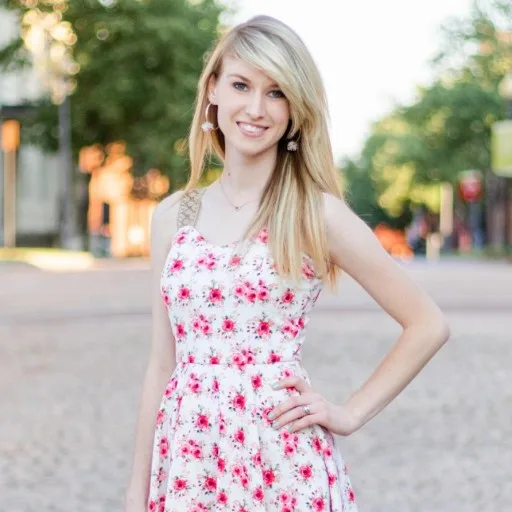

VIDEO: Your support matters!
Your support matters! Donate today. @vadogwoodnews Your support matters! Visit our link in bio to donate today. #virginianews #virginia #community...
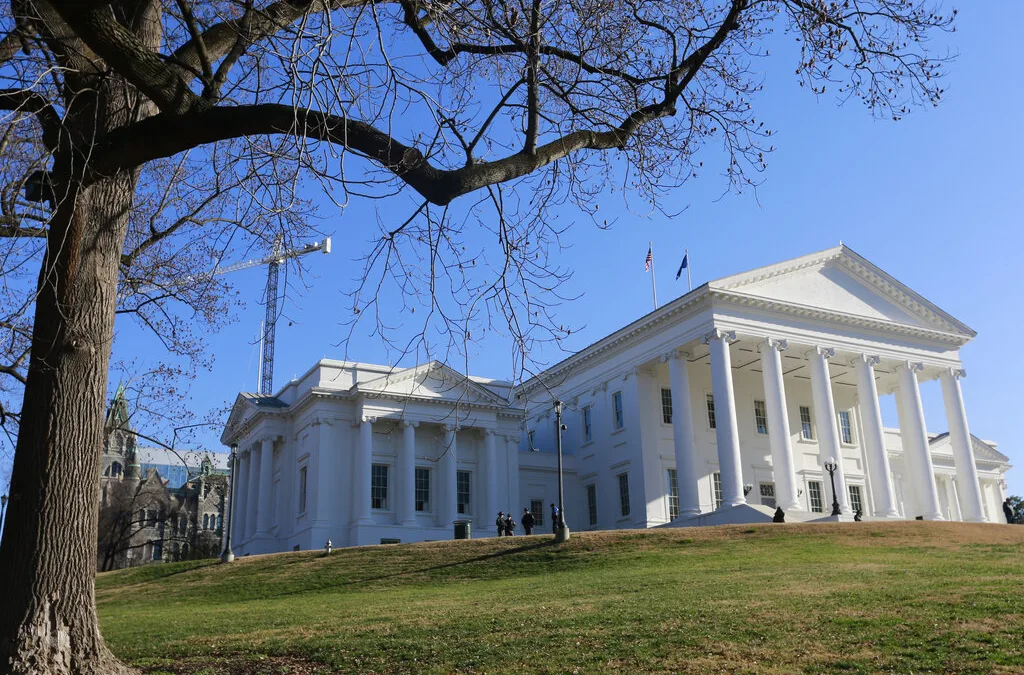
Op-Ed: Virginia’s new Democratic majorities pass key bills to improve your lives, but will Youngkin sign them?
The 2024 Virginia General Assembly regular session has wrapped up. It was a peculiar session from the outset, with Democratic majorities in the...
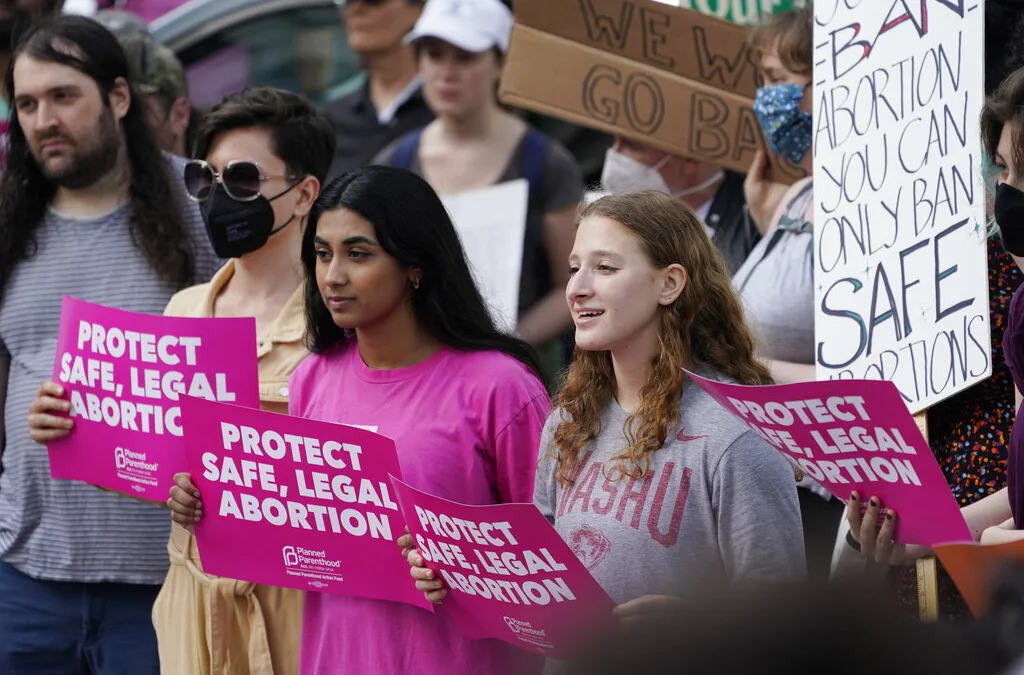
Op-Ed: Why Virginia Needs A Constitutional Amendment Protecting Reproductive Freedom
Virginia’s recent election season in 2023 drew in eyes from all over the country. Reproductive freedom was on the line and Virginia remained the...

From the state rock to the state flower, here’s how Virginia got its symbols
Have you ever wondered why the Dogwood is the state flower? Or how the cardinal became the state bird? We’re here to answer those questions and more...

VIDEO: Second-gentleman Douglas Emhoff gives speech on reproductive freedom
Second gentleman, Douglas Emhoff touched on reproductive freedom not only being a woman's issue but "an everyone's issue" during the Biden-Harris...
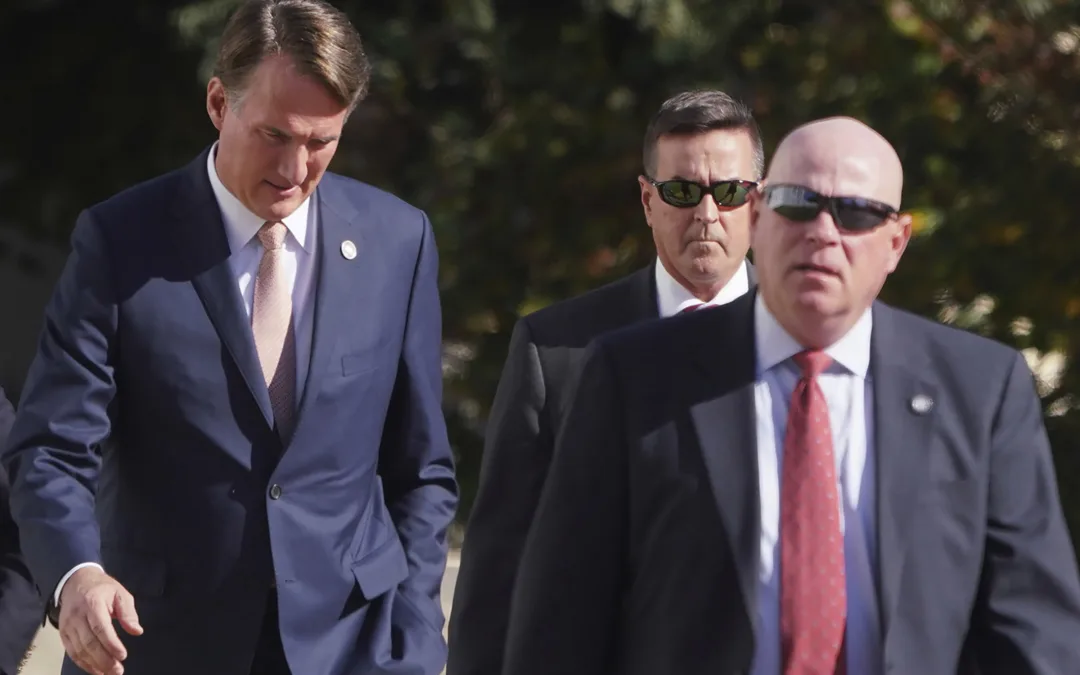
Glenn Youngkin and the terrible, horrible, no good, very bad night
Election Day 2023 has come and gone, and while there are votes to be counted, one thing is perfectly clear: Virginians unequivocally rejected Gov....

